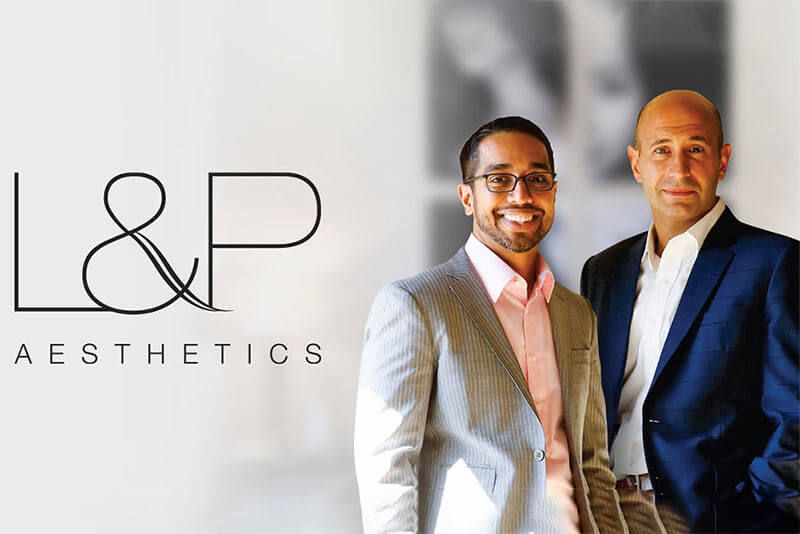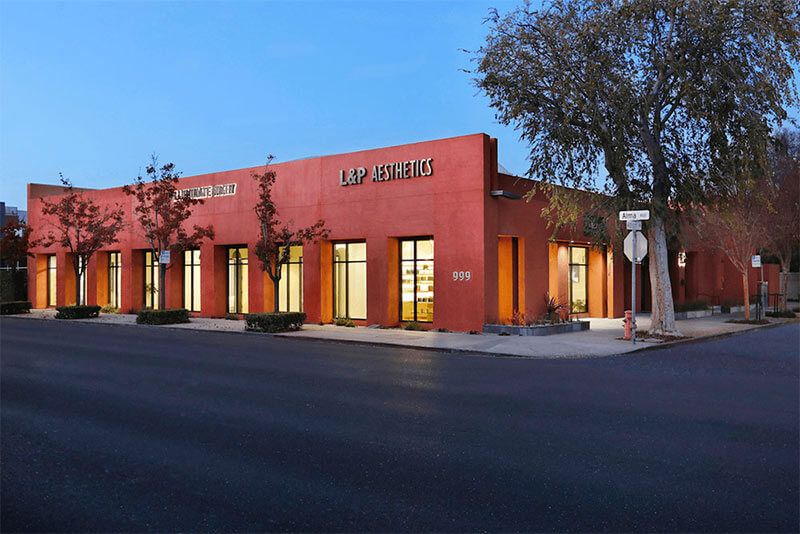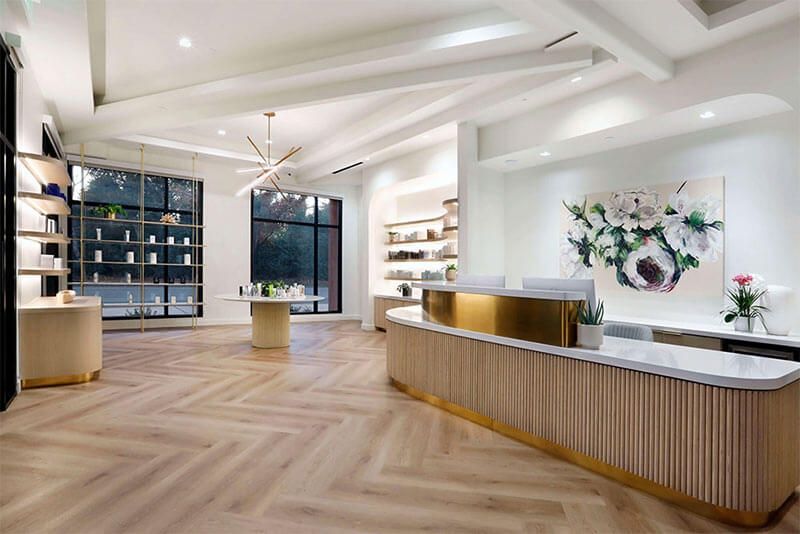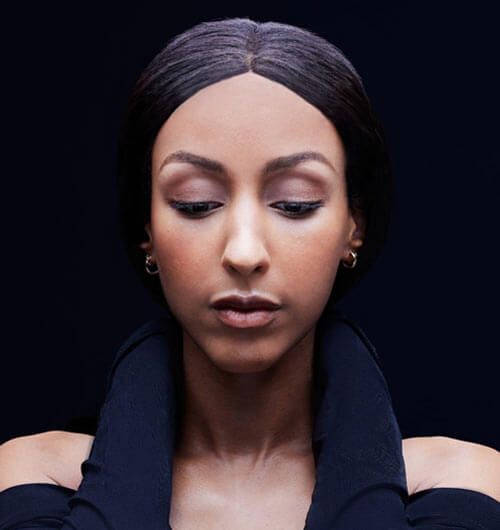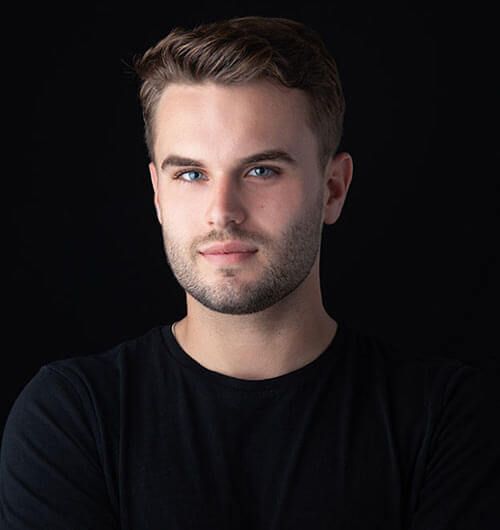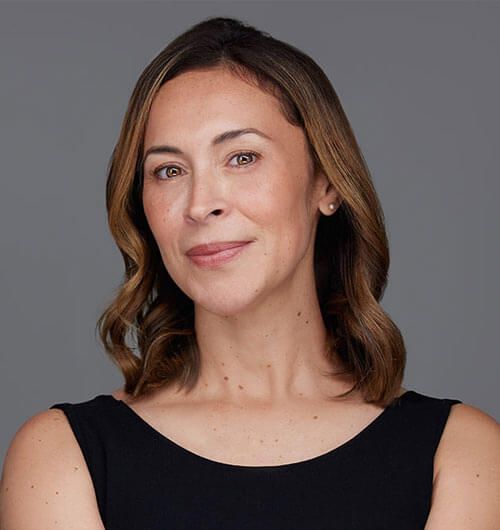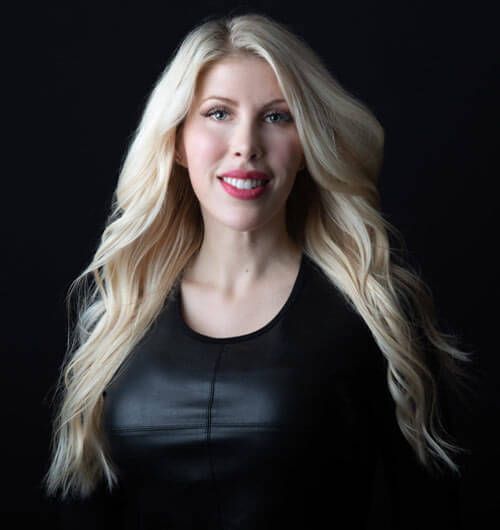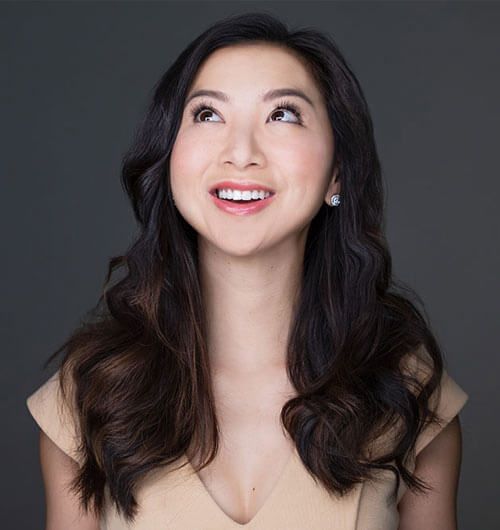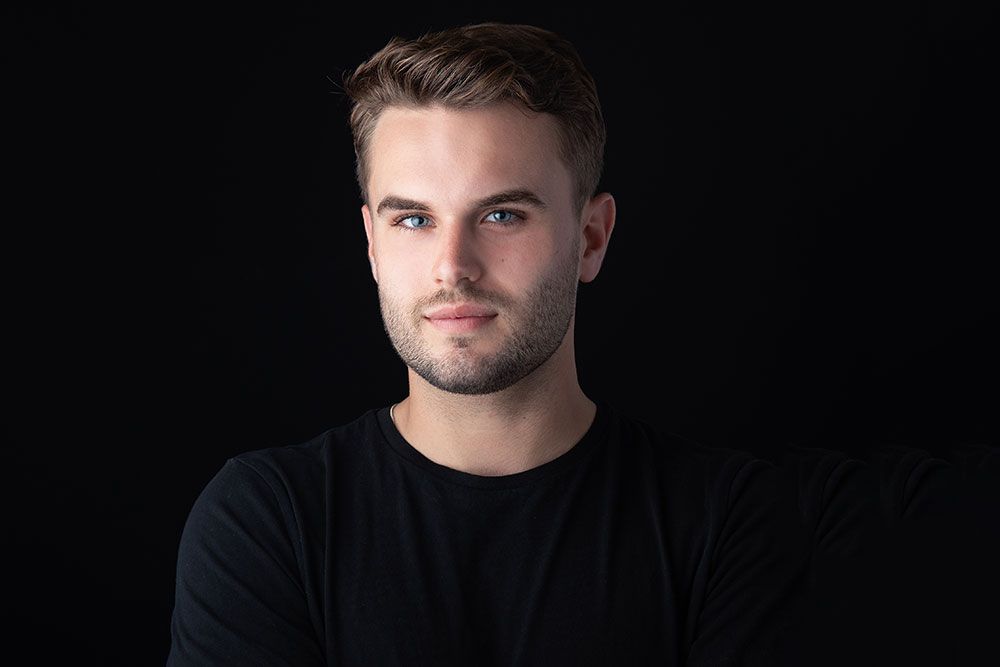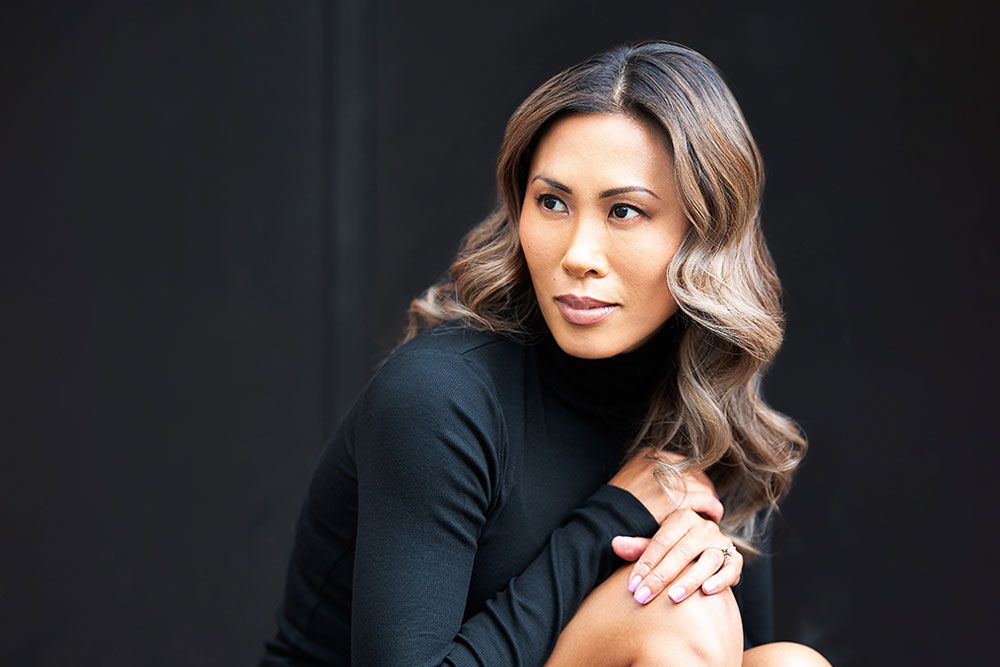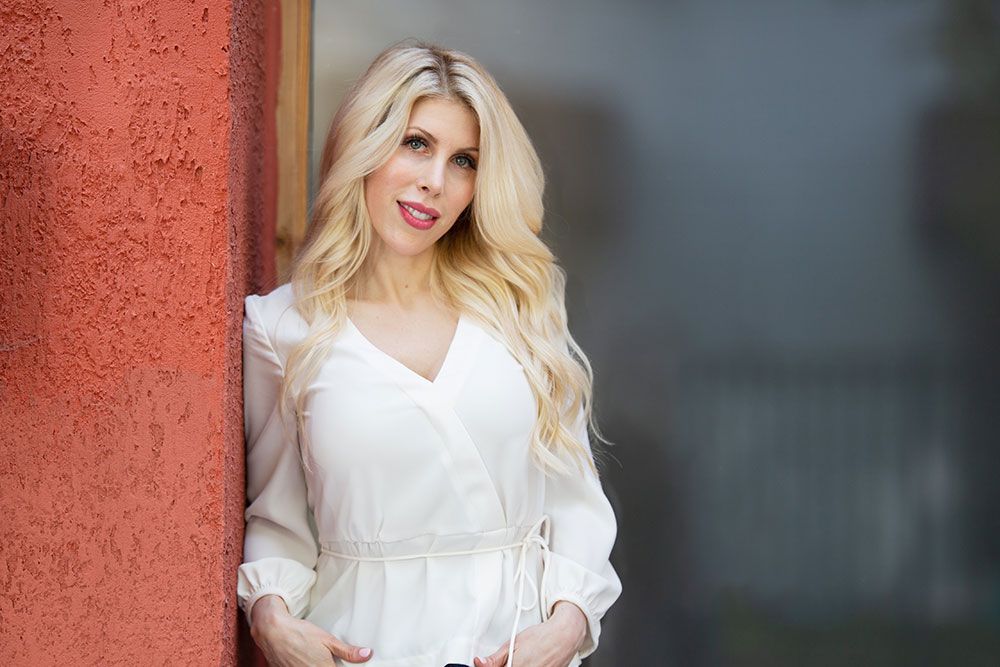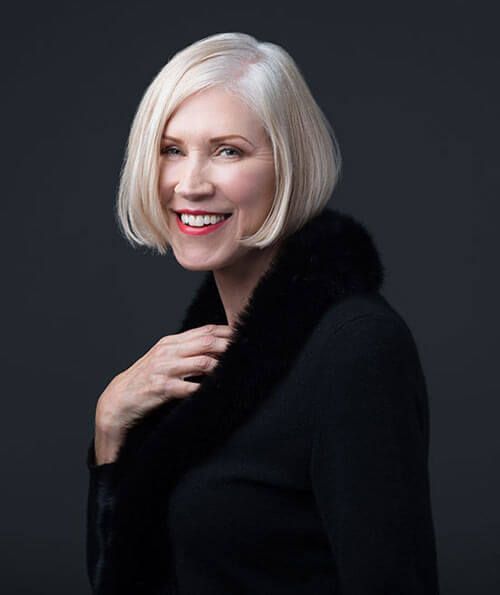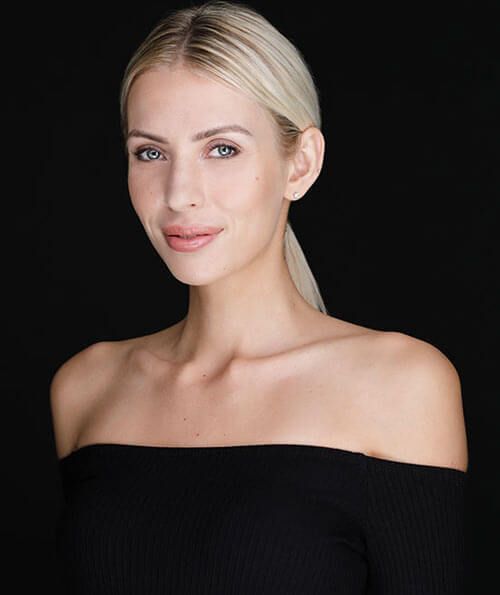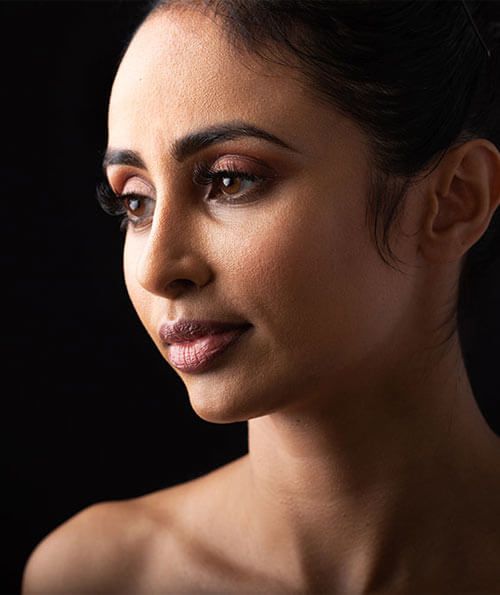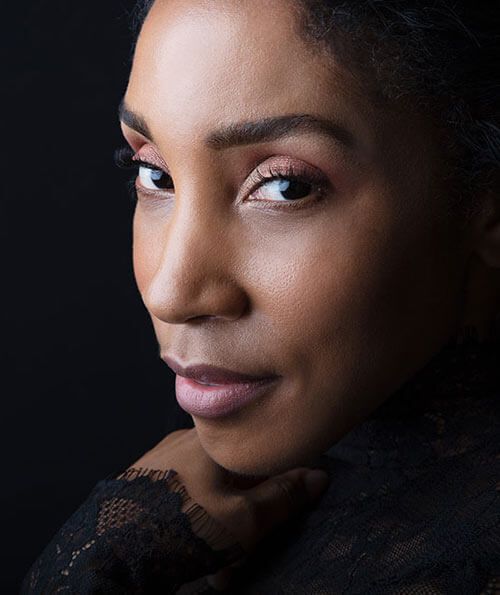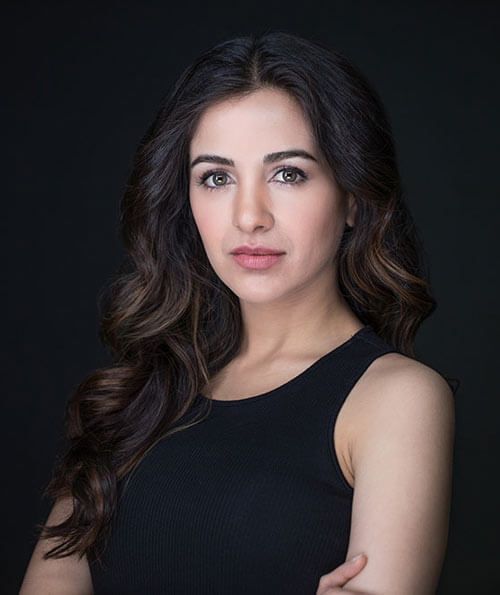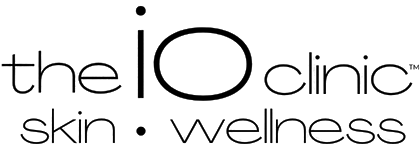There’s plenty of basic information online about facelifts, but many of the “nitty gritty” details are rarely explained. Some people don’t want to know specifics, and that’s OK, provided they’re in the hands of a skilled and ethical surgeon.
But if you’re a “high-information” person who leaves no stone unturned in their major decision-making, you’ve come to the right place! Dr. Lieberman and Dr. Parikh make it a priority to educate and communicate at every step of the process – from consultation to final follow-up.

You can find a lot more information and references to specific cases on our YouTube channel. This FAQ is intended to address some lesser-known aspects of the facelift procedure – things you might not know to ask! – and demonstrate Dr. Lieberman and Dr. Parikh’s unique approach.
It’s hard to know what makes a facelift “good” or “bad.” What should I be wary about? What are the common problems you see with “unsuccessful” facelifts?
“I think we’ve seen facelifts fail in every way they can. I think if you start from the bottom in the neck, you’ll see people get a good removal of fat from the midline which will leave a relatively flat structure here but then have laxity or fullness just on the sides that lead to kind of this inverted cup or what’s called a ‘cobra neck’ deformity.
“Another way facelifts can fail and is if there’s not complete release. So you’ll see a really kind of sharp jawline potentially a sharp neckline but then there’s no release of the mid facial tissue and one of the things that’s differentiating yeah factor of a of a deep plane lift so um the mid-facial tissue, which incorporates this pad of tissue that sits around and above your nasolabial fold – your smile line – and if that is not lifted or addressed, but this is, you’ll see sometimes an odd look. We kind of coined the term a ‘lateral sweep’ deformity. So this looks really tight and then this doesn’t really match…because you still have a strong nasolabial fold and hasn’t been lifted appropriately.
“Also facelifts can fail or or look ‘off’ if there’s just poor incision design, and you know, too much tension is placed in the wrong places around the ear, or incisions that don’t take into account making sure that the hair and above the sideburn is spared. So there are many ways a facelift can go wrong or look unnatural, and ultimately you know I think it’s up to the surgeon you choose to plan appropriately and to think about all of these decision points and make sure that they’re doing what’s best for you and your particular anatomy.”
Do you offer “minimally invasive” facelift procedures? Should I consider a “mini lift,” rather than a deep plane facelift?
“Some of the most unnatural results I’ve seen from outside offices have been from quote ‘mini lifts’ or ‘minimally invasive’ surgeries. These are surgeries that…the reason that they’re unnatural is because the focus has been on skin removal, speed of the surgery, having it be as quick as possible. And you create unnatural tension in the skin. ‘Windswept’ looks, ‘sweep’ or ‘whisker’ changes, with facial lines, tension on scars, with widening. And these were chosen because they were sold as ‘minimally invasive minimal, downtime’ but they often can create quite a bit of distress and future surgeries for patients.
“One of the reasons why we focus on the technique that we do, is that through typically the same incisions as a mini lift, we can go beyond the skin. Focus and really focus on rejuvenating the deeper structures in the face, which are actually the primary cause of facial aging. And when you do that, and you do it well, you create long-lasting soft tissue suspension, long-lasting outcomes. You remove the tension from the outside layer of skin. You protect the skin closure, so you get really beautiful and hidden incisions. And you aren’t changing the downtime or the recovery, and you have a set-up for an outcome that will last an incredibly long time.”
What area(s) of the face should be the focus of a facelift, and why?
“In the kind of lift we do, the focus is on rejuvenation of the deeper structures, which are really the primary cause of facial age. The skin really just ‘follows’ everything we do. We focus on tension-free closure, making incisions as perfect as possible, but we don’t spend a lot of time manipulating or moving skin. Really, the secret sauce to the best outcomes in facial rejuvenation surgery is focusing on the deep laxity, and resuspending that in its more youthful and rejuvenated position.”
Apart from the technical aspects of facelifts, how do you create a good aesthetic result? That is, how do you make your patients look as beautiful as possible?
“During a deep plane facelift and necklift, it is important to think a lot about ‘direction of pull.’ We spend a lot of time thinking about the ‘angle of maximal rejuvenation.’ There have been some great papers written about that by our close colleagues. What angle pulls the best, looks the most natural, and gives you the most long-lasting result.
“If you were to sit and pull your skin straight back, that creates that windswept, wind-blown ‘tunneled’ look and that usually will distort the corners of the mouth and create an odd smile. But if you take and you pull your skin more like at a 45 to 60 degree angle – usually perpendicular to the nasolabial fold – what you’ll notice is that that is a much more aesthetic angle, when it comes to suspending soft tissue, suspending deeper structures of the face. And that angle varies from person to person, because not everyone’s face is the exact same size or shape.
“But that vector of pull on the deep plane is one of the most important steps to us. It’s when we kind of really hone in, focus, put both sets of our eyes together, to make sure that we are creating the best possible outcome for our patients. And we’re really looking at what looks best on the operating room table.
“One way I like to think about it is…we are not moving tissue in a new position. We are replacing tissue back from where it fell from. And if you think about it like that, the fear should go down. When you have a surgery where tissue is moved in a direction that is new – meaning like straight back…your tissue doesn’t fall straight forward, therefore it should not be lifted straight back. You’re going to have an unnatural outcome.
“If you take that soft tissue and you’re just positioning it back where it came from, you are set up to have a natural outcome. And I think that is something that we spend a lot of time thinking about during surgery, is really following the ‘natural pattern of descent’ of tissue, in reversing that descent…so that the soft tissue sits in the most perfect, youthful position for that individual patient.”
What is the difference between an “L&P Signature” facelift and other facelifts? What are your facelifts known for?
“This shadow, this right angle is something that we’ve really focused on over the last several years, trying to design vectors of tension, design how we throw sutures, how we manipulate tissue, specifically geared towards defining this lateral neckline. It’s something that I think we feel like we we’ve created a technique that differentiates the type of necklines that we create.
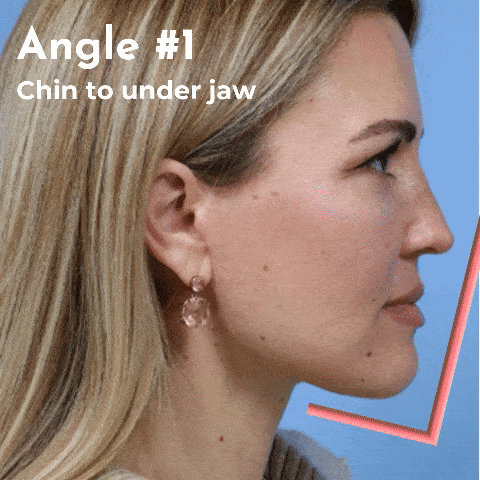
“We have consolidated some of these ideas into talks that we’ve given it at meetings. The efforts that we put in to developing our technique for a neckline – whether it be as an isolated midline necklift or in conjunction with our standard face and neck lift – I think have really set our results apart. It’s a differentiating factor for our outcomes.
“We’ve seen happy patients – very happy patients – and we obviously study our techniques, improve our techniques, sit and stare at our patients and our photographs and evolve those techniques over time. And we’re very proud of what we are offering when it comes to this particular location that Dave is describing, which is achieving this shadow and sharp neckline under the jawline and along the neck.
“We had an interesting experience where at a national meeting recently we gave a talk on our technique for lateral neck definition – which is what we’re talking about – and after that talk I had several people come up showing photographs of troublesome outcomes they were having specifically in that area. It’s a really tough area to create definition that looks natural and appropriate, and I think when talking to our fellows that come through or visiting surgeons it is something that I feel like we can offer as an educational piece because we’ve really broken it down to kind of a step by step technique that we use for every patient. Obviously it’s adapted for each individual’s anatomy and unique circumstances, but it is something we’ve thought quite a bit about and I do think it it is one of the differentiating factors of our face and neck lifts.
“We do individualize this procedure for each person based on their anatomy, based on their unique set of circumstances but it is something that is particular to our signature lift it is a technique that we have really developed and honed in on over many years and many cases.”
How much does a facelift cost? If you customize your facelifts for every patient, how will I know how much work I’ll need done?
“When people inquire about a facelift, they may be given a range when it comes to pricing. Dave and I try to stay out of that discussion. We just want to make sure that we offer you the best surgical plan for your anatomy. And that is difficult to gauge without either receiving a set of pictures…and you probably get the best sense of what needs to be done when you can examine someone three-dimensionally, in person. A lot of it has to do with us looking at your neckline and jawline, feeling those structures, palpating your neckline and your jawline to get a sense of how much of that is there, how much of it needs to be pushed up, how much of it needs to be removed, the thickness of your glands, the thickness of your skin, the shape of your bony structure of your face, the shape of your soft tissue structure of the face. So really I think it’s important to us that this isn’t a ‘cookie cutter’ surgery, right? The surgery is highly customized and individualized to an individual’s anatomy to try to give them the best result.”
What happens during the consultation?
“During our consultation process when someone comes in and wants to discuss a facelift and necklift with us or any rejuvenative surgery it’s important to both Dave and I to use that time to do our best to provide you a clear, comprehensive plan that will get you to an outcome safely with the best possible result.
“Also during the consultation, I’m thinking! I mean, like the reality is…this is not a ‘Oh, we’ll offer X, Y and Z.’ I’m thinking very carefully about what’s going on ‘underneath the hood’ of the person I’m talking to, and exactly what it’s going to entail to get that person the best outcome that I can give. And you know, that time is I think precious time, to make a plan using everything that I have in my head, my experience, my knowledge, and trying to custom-tailor a plan that makes the most sense for that patient.
“It is never…I hate the idea of it being about ‘sales!’ It’s NOT about sales. To me, this is a time for me to learn about you, your anatomy, your goals, and for a time for me to teach you about the world that I live in, in facial aesthetics. And what you can and can’t achieve, why some results look good, why some results look bad…
“It’s a two-way conversation. Obviously, we are thinking deeply about your anatomy, and looking under the hood three dimensionally, in our minds, of what’s going to achieve the best result. But also during the consultation we’re getting to know you, and a sense of what your risk tolerance is, downtime you can handle, what procedures or combination of procedures will work best for you, your lifestyle, your current state of health. And we tailor that plan. And we take it very seriously…tailoring that plan, and finding out what’s going to work best, get you back to work quickest, get you ready for your red carpet event, or a special event in your family quickest.
“And that might mean, you know, not doing certain components of a surgery, or not pairing certain surgeries together, or doing a more medium resurfacing to the skin, versus a deep resurfacing to the skin that can be done later.
“But I think it’s very important when we’re doing a consultation, it’s also learning about those components in addition to anatomy. Who’s going to care for you, how are they going to care for you…because that will influence the decisions that we will help you make.
“Yeah, I think – I’m sure you have the same experience – some consults are straightforward. Someone comes in, ‘Listen, I’ve been following your work, you’ve operated on friends, family, people in the community I know…I want to move forward, let’s just make a plan.’ Sure, some people need a little bit more time to process. Exactly what facial esthetic surgery is. And whether or not they feel ready to move forward. And that’s also OK! I think that’s where the education piece comes in.
“But in each one of the consultations, really, the goal is to make a plan that fits with your expectations, fits with your goals. And to us makes the most sense to give you the best outcome. Because again – I can’t say it enough – I think we care mostly about making sure that we’re set up for the best outcome possible. And that we’re communicating expectations appropriately, and that we’re tailoring that plan to your goals and desires.”
What downtime can I expect after surgery?
“One of the most common questions we get during a consultation or by email or, you know, over the phones is what is the downtime for facial rejuvenation surgery. Dave and I have kind of two specific periods of time that we like to talk to patients about. The first period of time is ‘presentable downtime’ and what we tell patients is that you’ll be ‘presentable’ somewhere between 10 and 20 days, or two to three weeks. What we mean by presentable is you would be able to have lunch with friends, or go out to the grocery store, and you won’t feel like you’re turning heads or causing undue attention. You still may have some signs of surgery – bruising, swelling – but they should be easily camouflaged at that point. The second period of time though is when you feel like you look your best. And that’s usually somewhere between two and three months after surgery.
“Now this all varies based on the selection of surgeries that you choose to do. If someone is just doing a deep plane facelift and neck lift, their downtime can be as short as seven to ten days! We have patients that we can – we’d love to show you – wonderful pictures of people. Some patients look great…and of course patients’ healing times vary…you can have only a facelift and it might take you two and a half weeks to feel comfortable. That’s obviously a highly personal decision, what you kind of perceive as downtime. If you end up having multiple procedures, work done on your lower face and neck, work done around your eyes, something done to your temple, and some kind of skin resurfacing…then I think that downtime’s probably going to be closer to two and a half to three weeks. So it’s important to understand that downtime varies, but overall a general downtime is somewhere between 10 and 20 days for that acute short-term window of when you feel presentable.”
